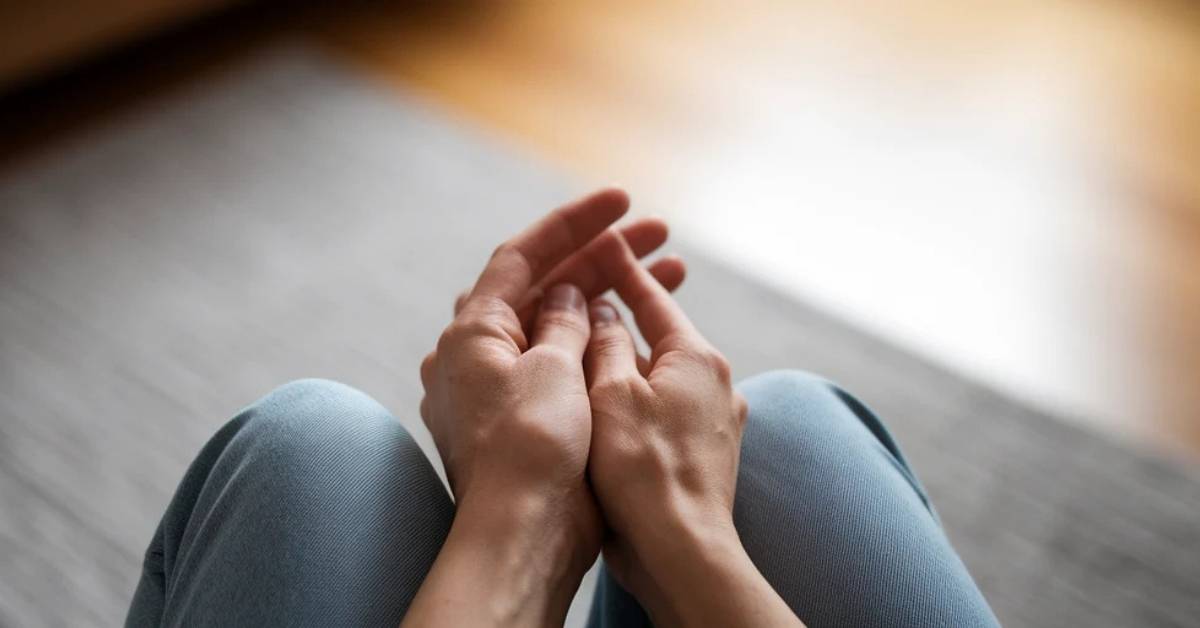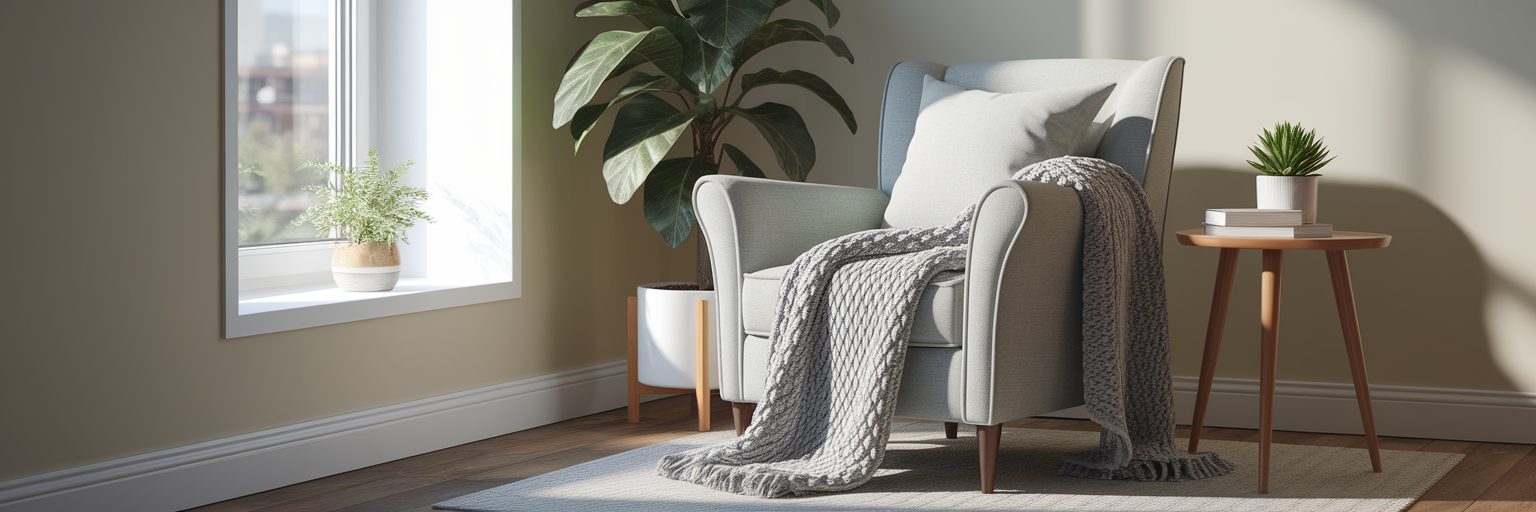
Starting a Meditation Practice Without the Fuss
Meditation Is Not What You Think It Is
Let’s be honest, the modern mind is a bit of a circus. It juggles to-do lists, replays awkward conversations, and plans dinner all at the same time. So when someone suggests you “empty your mind,” it feels like being asked to stop the rain. This is the biggest myth about meditation, and it’s where most of us get stuck before we even begin.
The goal isn’t to achieve a blank slate. That’s impossible and, frankly, a little boring. Instead, think of yourself as a friendly observer sitting on a riverbank. Your thoughts are like leaves floating by. You notice them, maybe even give a little nod, and then let them drift on. You are the watcher, not the traffic controller.
You don’t need a special cushion, a silent monastery, or an hour of uninterrupted time. This is a practice for real life, complete with ringing phones and barking dogs. It’s about finding a moment of calm to dial down your stress response, sharpen your focus for that big project, and maybe not get so easily irritated when someone steals your parking spot. This is meditation for a busy mind, and it’s far more accessible than you think. This approach is about finding what feeds your spirit, not following rigid rules.
Creating Your Personal Stillness Zone
Now that we’ve cleared up what meditation isn’t, let’s talk about creating a space for it. The secret here is to aim for consistency, not perfection. Your personal stillness zone can be anywhere you can sit for five minutes without being summoned for a snack or an emergency. It could be a comfy chair in the corner of your bedroom, the driver's seat of your parked car at lunch, or even a quiet spot on your porch.
Forget about folding yourself into a pretzel. The ideal posture is simply one that keeps you alert. Sitting in a chair with your feet flat on the floor and your spine comfortably straight is a wonderful option. The point is to be relaxed but not so relaxed that you fall asleep.
One of the best ways to how to build a meditation habit is to attach it to something you already do every day. This is called habit stacking. Do you have a morning coffee? Try meditating for five minutes right after your first sip. This simple trick removes the guesswork of "when" and makes it a natural part of your routine. There are many paths to stillness, and you can explore various meditation styles to find what resonates with you.
Finding Your Five-Minute Sanctuary
| Meditation Spot & Time | Primary Benefit | Potential Challenge & Solution |
|---|---|---|
| Morning (with coffee) | Sets a calm tone for the day | Feeling sleepy? Sit upright in a chair instead of on a soft couch. |
| Lunch Break (in your car) | Acts as a midday reset button | Distractions from outside? Use headphones with calming sounds. |
| Evening (before bed) | Helps release the day's stress | Mind racing with to-dos? Keep a notepad handy to jot them down first. |
This table illustrates that the 'perfect' meditation spot is simply the one you can consistently use. The goal is to adapt the practice to your life, not the other way around.
Your First Five Minutes of Practice
Ready to try it? Here is a guide for an easy meditation for beginners. This is your permission slip to just sit for five minutes. No pressure, no expectations. Just a simple, quiet moment for yourself.
- Set a gentle timer. Choose a soft, peaceful sound for your alarm. The last thing you want is a jarring buzz yanking you out of your calm. Five minutes is a perfect starting point.
- Get comfortable. Sit in your chosen spot. Let your hands rest gently in your lap or on your knees. You can close your eyes if that feels good, or you can simply soften your gaze and look down toward the floor.
- Bring your attention to your breath. This is your anchor. Don’t try to change how you’re breathing. Just notice it. Feel the air moving in through your nose and out through your mouth. Notice the gentle rise and fall of your chest or belly.
- Follow the breath. To help your mind settle, try one of these simple mindfulness exercises. You can mentally say “in” as you breathe in and “out” as you breathe out. Or, you can count your breaths. Inhale one, exhale one. Inhale two, exhale two. Count up to ten, and then start again at one. As experts at Mindful.org explain, this simple act of returning your attention to the breath is the foundation of mindfulness.
When the timer goes off, take a moment before you jump up. Notice how you feel. That’s it. You just meditated. It really can be that simple.
Welcoming Your Wandering Mind
About thirty seconds into your first session, you will likely have a thought. It might be about your grocery list, a work email you forgot to send, or whether you left the stove on. Welcome to the human brain! Its job is to think, and it’s very good at it. A wandering mind isn’t a sign of failure; it’s a sign your brain is working perfectly.
Here are some of the most important beginner meditation tips: the practice isn’t about *not* getting distracted. It’s about what you do when you *notice* you’re distracted. Each time your mind wanders off, you have a beautiful opportunity. Just give the thought a little mental nod, almost like saying, “Ah, thinking again. How interesting.” Then, gently and without any judgment, guide your attention back to your breath.
Every single time you return to your breath, you’ve just completed one successful repetition of meditation. Think of it as a bicep curl for your focus muscle. The wandering is part of the workout. So be kind to your busy mind. It’s just doing its thing. Once you get the hang of returning your attention, you can even practice it during a simple shower meditation, turning a daily routine into a moment of mindfulness.
Building a Habit That Feels Good
The key to a lasting practice is to make it feel like a gift, not a chore. When you're learning how to start meditating, remember that consistency is far more powerful than duration. Five minutes every day will do more for your well-being than a stressful, hour-long session you force yourself to do once a month.
This is a practice, not a performance. There is no gold star for perfect attendance. If you miss a day, or even a week, the invitation is always there to simply begin again the next day. No guilt, no drama. Just a gentle return to your chair. As the team at Headspace often emphasizes, making meditation a regular part of your routine is the key to experiencing its benefits.
After a few weeks, you might feel like playfully exploring a little more. Here are a few ideas:
- Try a guided meditation. If you enjoy having a voice to follow, exploring a library of guided meditation journeys can be a wonderful next step.
- Explore a simple body scan. Bring your attention to your toes, then your feet, then your ankles, and slowly work your way up your body, just noticing any sensations.
- Gently increase your time. When you feel ready, try adding two minutes. See how seven or ten minutes feels. Let your own experience be your guide.
Showing up for yourself, even for just five minutes, is a profound act of kindness. Enjoy the quiet.




